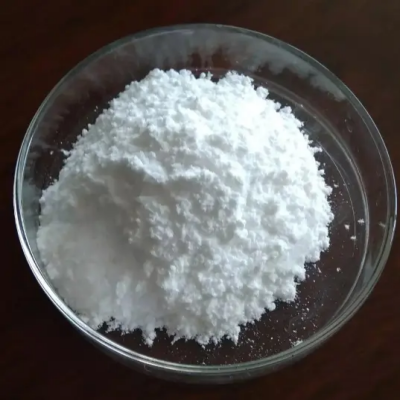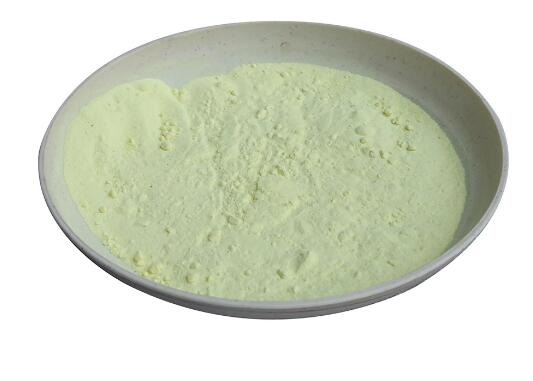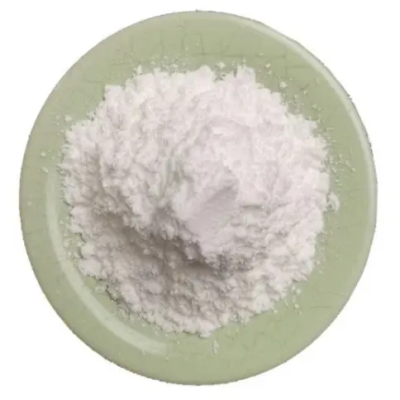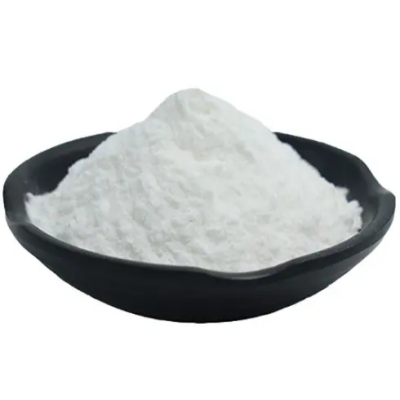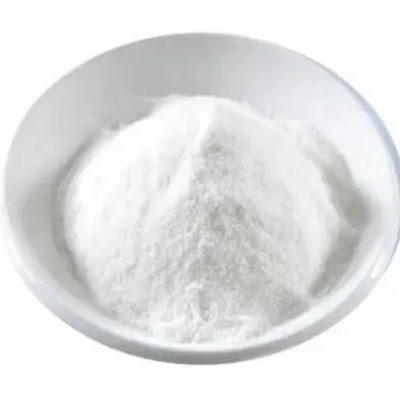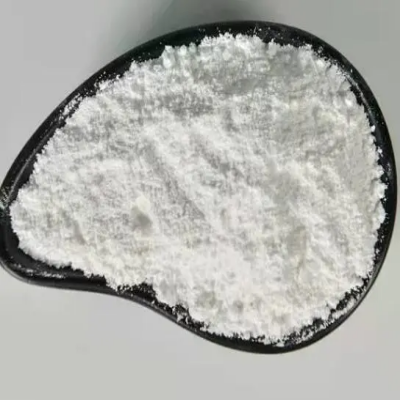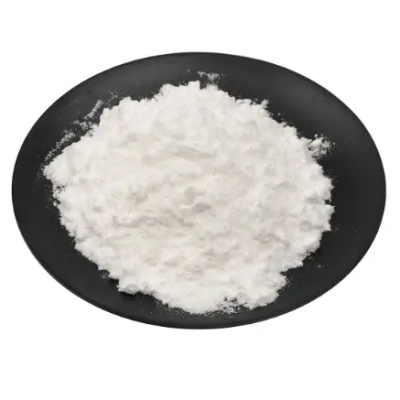Cefaclor CAS:53994-73-3
Cefaclor is widely utilized in clinical settings to combat bacterial infections caused by susceptible organisms. Common applications of cefaclor include the treatment of respiratory tract infections such as pneumonia, bronchitis, and sinusitis, as well as urinary tract infections, skin and soft tissue infections, and otitis media. Physicians may prescribe cefaclor based on the specific type of infection, the identified pathogen, and the patient's medical history. Proper dosing and adherence to the prescribed treatment regimen are essential to ensure the effectiveness of cefaclor in eradicating the infection and minimizing the risk of bacterial resistance. Cefaclor is available in oral dosage forms, making it convenient for outpatient use. Patients are advised to take cefaclor exactly as directed by their healthcare provider and complete the full course of antibiotics, even if symptoms improve before the medication is finished. Healthcare professionals carefully consider factors such as the patient's age, weight, renal function, and allergy history when determining the appropriate cefaclor dosage. Additionally, monitoring for potential side effects, such as gastrointestinal disturbances or allergic reactions, is an important aspect of cefaclor therapy. By adhering to best practices in prescribing and using cefaclor, healthcare providers aim to effectively manage bacterial infections while minimizing the development of antibiotic resistance and ensuring optimal clinical outcomes for patients.



| Composition | C15H14ClN3O4S |
| Assay | 99% |
| Appearance | white powder |
| CAS No. | 53994-73-3 |
| Packing | Small and bulk |
| Shelf Life | 2 years |
| Storage | Store in cool and dry area |
| Certification | ISO. |


